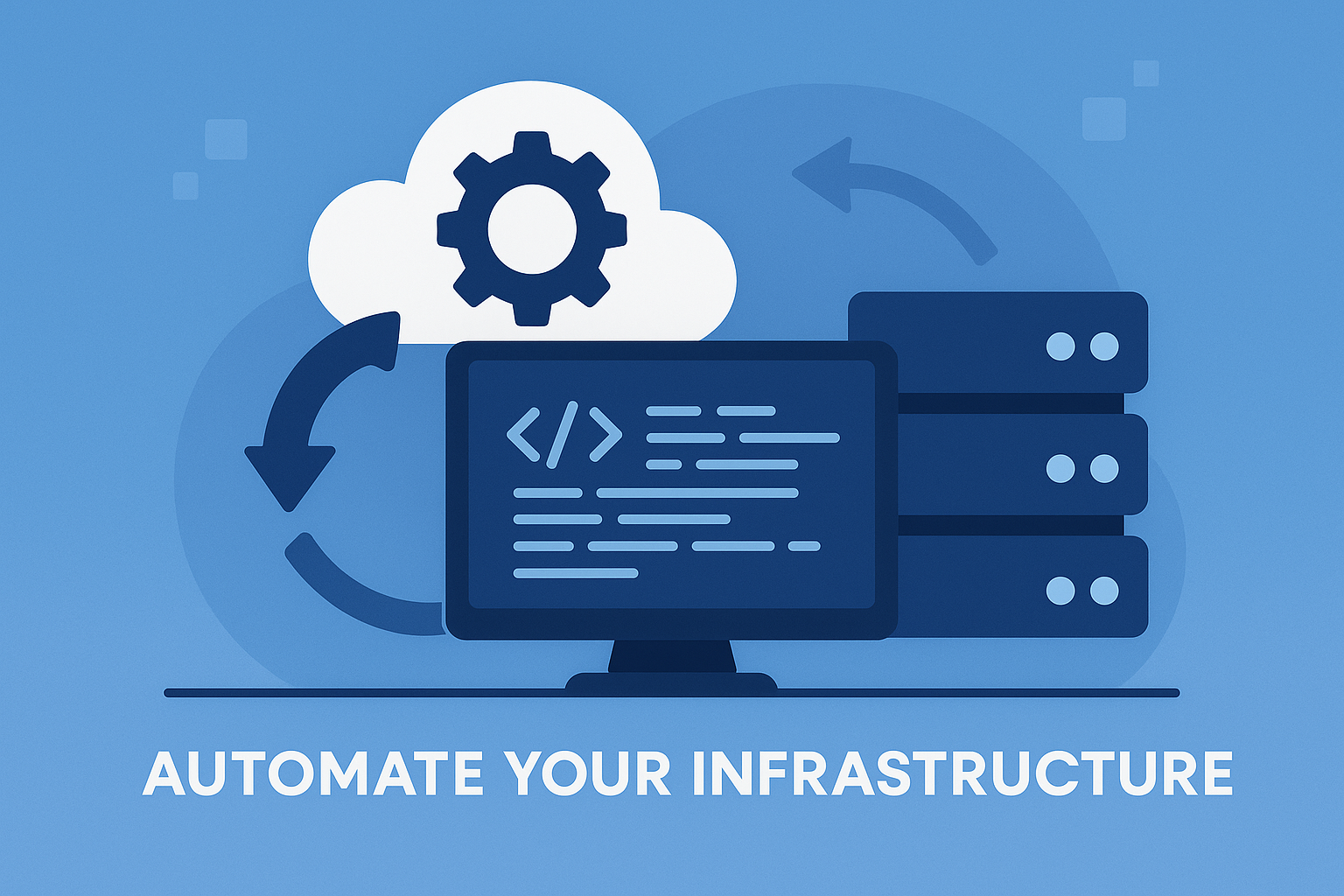Cloud-native refers to a set of principles and practices used to build and run scalable applications that fully leverage the advantages of cloud computing. Cloud-native applications are designed to be highly available, resilient, and scalable, making use of modern cloud infrastructure and services. These applications are typically developed using microservices, containers, and dynamic orchestration platforms, and they can automatically adjust to demand changes, failures, and infrastructure scaling needs.
Key Characteristics of Cloud-Native:
- Microservices Architecture:
- Cloud-native applications are often built using microservices, where the application is divided into small, loosely coupled services that focus on a specific function. This allows for independent development, deployment, and scaling of each service, making applications more agile and easier to maintain.
- Containers:
- Containers (such as those powered by Docker) are the primary method for packaging and deploying cloud-native applications. Containers encapsulate an application and its dependencies, ensuring consistency across different environments (development, testing, production) and enabling portability.
- Orchestration and Automation:
- Cloud-native applications typically rely on container orchestration platforms like Kubernetes to manage and automate the deployment, scaling, and operation of containers across a cluster of machines. This automation reduces manual intervention and enables applications to scale dynamically based on demand.
- DevOps Practices:
- DevOps is a key aspect of cloud-native development, focusing on continuous integration and continuous delivery/deployment (CI/CD). DevOps practices automate the software delivery process, ensuring that new code can be tested, integrated, and deployed quickly and reliably.
- Scalability and Elasticity:
- Cloud-native applications are designed to scale horizontally, meaning they can automatically increase or decrease resources (e.g., by adding or removing containers or virtual machines) based on demand. This scalability allows applications to handle variable workloads efficiently.
- Resilience and Fault Tolerance:
- Cloud-native applications are built with resilience in mind. They are designed to gracefully handle failure by automatically recovering from outages, rerouting traffic, and restarting failed services without manual intervention. Cloud-native applications take advantage of the cloud’s distributed nature, ensuring that failures in one part of the system do not bring down the entire application.
- API-Driven:
- Cloud-native architectures are typically API-driven, allowing services to communicate via lightweight, standardized protocols (e.g., REST, gRPC). APIs enable different parts of the application to interact seamlessly and also facilitate integration with external services or third-party systems.
- Dynamic Infrastructure:
- Cloud-native applications take full advantage of the dynamic nature of cloud infrastructure, where compute, storage, and network resources can be provisioned and scaled in real time. These applications are designed to operate in environments where resources are flexible and can change as needed.
- Immutable Infrastructure:
- Cloud-native applications often rely on immutable infrastructure, meaning servers and services are not modified after they are deployed. Instead, they are replaced with new instances whenever updates or changes are needed, ensuring consistency and reducing configuration drift.
- Serverless Computing:
- In some cases, cloud-native applications use serverless architectures, where the cloud provider automatically manages the infrastructure and scales based on event triggers. Developers only need to write code without worrying about provisioning servers or managing infrastructure.
Benefits of Cloud-Native:
- Faster Time to Market:
- Cloud-native development practices, such as continuous delivery, DevOps, and microservices, enable faster release cycles. Teams can rapidly develop, test, and deploy new features, reducing the time to market for applications.
- Scalability:
- Cloud-native applications can scale dynamically in response to changes in demand, ensuring that resources are available when needed without over-provisioning.
- Resilience and High Availability:
- Built-in redundancy and automated recovery mechanisms make cloud-native applications highly resilient. Applications remain available even in the face of infrastructure failures or outages, improving user experience and reliability.
- Cost Efficiency:
- Cloud-native applications optimize resource usage by dynamically allocating and deallocating resources based on current demand, helping reduce costs. Additionally, the pay-as-you-go pricing model of cloud services ensures that organizations only pay for what they use.
- Portability:
- By using containerization and cloud-agnostic tools, cloud-native applications can be easily moved between different cloud providers or on-premises environments. This flexibility allows organizations to avoid vendor lock-in and choose the best environment for their needs.
- Continuous Innovation:
- Cloud-native approaches encourage continuous integration and delivery, enabling teams to iterate and innovate faster. This allows businesses to adapt quickly to changing market demands or introduce new features more frequently.
Challenges of Cloud-Native:
- Complexity:
- While cloud-native applications offer many benefits, they introduce complexity, especially when managing microservices, containers, and orchestration platforms. Developers and operations teams need to adopt new tools and practices to manage this complexity.
- Cultural Shift:
- Moving to a cloud-native approach often requires significant cultural changes within an organization, particularly around adopting DevOps practices and continuous delivery workflows. Teams need to be comfortable with greater automation, rapid release cycles, and cross-functional collaboration.
- Security Considerations:
- Cloud-native applications need to be designed with security in mind, particularly when dealing with distributed services and API-driven architectures. Security must be built into every layer of the application and automated where possible.
- Monitoring and Debugging:
- The distributed nature of cloud-native applications makes monitoring and troubleshooting more difficult compared to monolithic applications. Organizations need sophisticated observability tools to track application performance, errors, and logs across multiple services and environments.
Cloud-Native vs. Traditional Applications:
- Monolithic vs. Microservices: Traditional applications are often built using a monolithic architecture, where all components are tightly coupled and deployed as a single unit. Cloud-native applications use microservices, allowing independent deployment and scaling of individual components.
- Static vs. Dynamic Infrastructure: Traditional applications usually run on static infrastructure, with fixed resources. Cloud-native applications use dynamic infrastructure, where resources are provisioned, scaled, and deprovisioned as needed.
- Manual vs. Automated Management: Traditional applications often require manual updates and scaling, whereas cloud-native applications rely on automation tools and practices to manage deployment, scaling, and recovery.
Technologies Associated with Cloud-Native Development:
- Kubernetes: A popular container orchestration platform used to automate the deployment, scaling, and management of containerized applications.
- Docker: A container platform that packages applications and their dependencies into containers, ensuring consistency across environments.
- CI/CD Pipelines: Tools like Jenkins, GitLab CI, and CircleCI enable continuous integration and delivery, automating the software release process.
- Service Mesh: Tools like Istio and Linkerd provide networking, security, and observability for microservices, managing communication between services in a cloud-native architecture.
- Serverless Platforms: AWS Lambda, Google Cloud Functions, and Azure Functions allow developers to deploy functions without managing infrastructure, triggering them based on specific events.
Conclusion:
Cloud-native is a modern approach to building applications designed specifically for the cloud, leveraging microservices, containers, automation, and dynamic infrastructure. By embracing cloud-native practices, organizations can develop and deploy scalable, resilient, and cost-effective applications that take full advantage of the cloud’s capabilities.



